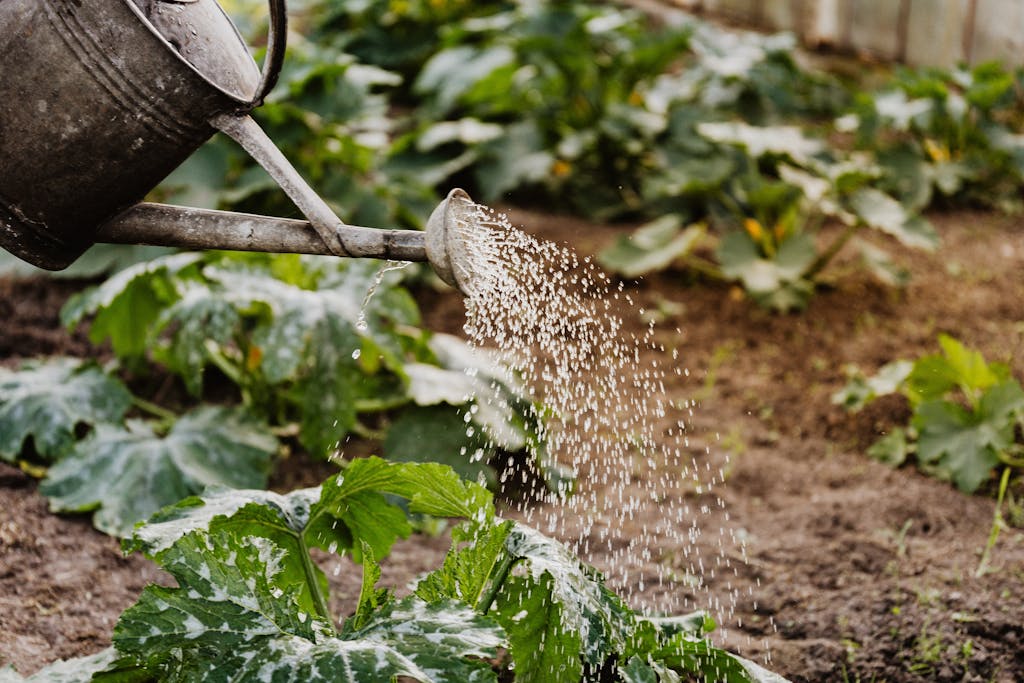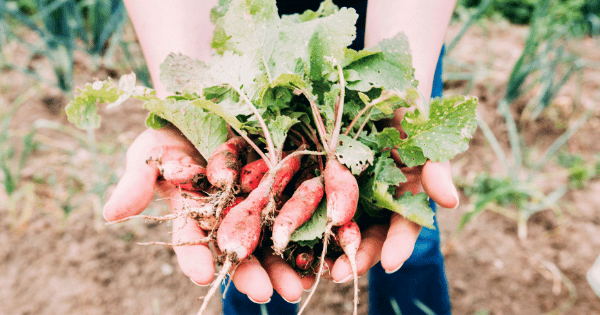10 Summer Garden Mistakes to Avoid
Mistakes That Hurt Your Summer Garden
Summer is by far the most productive season for vegetable gardeners. With longer days and abundant sunshine, it’s the perfect time to grow and cultivate a bountiful harvest. However, summer gardening also comes with its unique set of challenges.
Avoiding common mistakes will mean the difference between a flourishing garden and one that struggles. Below, we’ll explore ten common summer gardening mistakes and provide tips on how to avoid them. By understanding these pitfalls, you can ensure a productive and enjoyable gardening experience all summer long.
1. Overwatering
Overwatering is a common mistake that can lead to serious issues such as root rot and fungal diseases. While it’s tempting to keep the soil constantly wet during hot summer days, this can suffocate roots and create an ideal environment for harmful fungi.
Instead, aim for deep, infrequent watering sessions that encourage roots to grow deeper into the soil. Check the soil moisture by sticking your finger an inch or two into the soil; if it feels dry at that depth, it’s time to water. Utilizing drip irrigation or soaker hoses can help deliver water directly to the roots, reducing water wastage and minimizing the risk of disease. If neither of those are available to you, as is my case, then a hose wand is very handy for getting down close to the roots of plants.
2. Underwatering
On the flip side, underwatering can be just as detrimental. Vegetables stressed from lack of water may become stunted, produce smaller yields, or even die. Consistent moisture is crucial, especially during heat waves when evaporation rates are high.
To avoid underwatering, set a regular watering schedule and adjust based on weather conditions. Mulching around your plants can help retain soil moisture and reduce the need for frequent watering. Early morning or late evening watering sessions are best, as they reduce water loss due to evaporation and allow plants to absorb moisture more efficiently.

3. Ignoring Mulching
Mulching is a simple yet highly effective gardening practice that many gardeners overlook. Mulch helps to retain soil moisture, regulate soil temperature, and suppress weeds, all of which are vital during the hot summer months.
Organic mulches such as straw, grass clippings, or shredded leaves also add nutrients to the soil as they decompose. Apply a 2-3 inch layer of mulch around your vegetable plants, keeping it a few inches away from the stems to prevent rot. Not only does mulching conserve water, but it also improves the overall health of your garden by maintaining a more stable and fertile growing environment.
4. Planting at the Wrong Time
Timing is crucial when it comes to planting vegetables and doing so at the wrong time can lead to disappointing results. Each vegetable has specific temperature and daylight requirements, and planting them outside of their optimal window can hinder their growth and productivity.
Before planting, research the best times to sow seeds or transplant seedlings based on your local climate zone. Many resources, such as gardening books, extension services, and online planting calendars, can help you determine the ideal planting schedule for your area. By aligning your planting times with the natural growing conditions of your vegetables, you set the stage for a thriving summer garden.
5. Overcrowding Plants
Overcrowding plants is a common mistake that can lead to several problems, including poor air circulation, increased disease risk, and competition for nutrients and water. When plants are too close together, they can struggle to access the resources they need to thrive.
To avoid overcrowding, follow the recommended spacing guidelines for each vegetable. This information is usually available on seed packets or can be found in gardening resources. Additionally, practice thinning seedlings to ensure they have enough room to grow. Proper spacing will promote healthier plants and higher yields.
6. Neglecting Pest Control
Summer is prime time for garden pests, and neglecting pest control can result in significant damage to your vegetables. Common summer pests include aphids, caterpillars, beetles, and mites, all of which can quickly infest and destroy crops.
Implementing integrated pest management (IPM) strategies can help keep pest populations under control. This approach includes monitoring your plants regularly, encouraging beneficial insects like ladybugs and lacewings, and using natural pest control methods such as neem oil or insecticidal soap. Early detection and prompt action are key to protecting your garden from pest damage.

7. Failing to Fertilize Properly
Proper fertilization is essential for healthy plant growth, but it’s easy to make mistakes, such as over-fertilizing or under-fertilizing. Over-fertilization can lead to excessive foliage growth at the expense of fruit production, while under-fertilization can result in nutrient deficiencies.
To fertilize effectively, start with a soil test to determine nutrient levels and needs. Use organic fertilizers like compost, well-rotted manure, or fish emulsion, which provide a balanced nutrient supply and improve soil health. Follow the recommended application rates and schedules for the specific vegetables you are growing to ensure they receive the nutrients they need without overdoing it.
8. Ignoring Soil Health
Soil health is the foundation of a successful vegetable garden, yet it is often overlooked. Summer heat can exacerbate soil issues, leading to compaction, nutrient depletion, and reduced microbial activity. To maintain healthy soil, regularly add organic matter such as compost or aged manure to improve soil structure and fertility.
Practice crop rotation to prevent nutrient depletion and reduce pest and disease buildup. Cover cropping can also help replenish soil nutrients and improve soil health during the off-season. Healthy soil supports robust plant growth and higher yields, making it a critical component of summer gardening.
9. Not Providing Shade for Heat-Sensitive Plants
Intense summer heat can be too much for some vegetables, leading to wilting, sunscald, and reduced productivity. Heat-sensitive plants, such as lettuce, spinach, and certain herbs, may require some form of shading to thrive during the hottest parts of the day. Use shade cloth, garden umbrellas, or strategically plant taller crops to provide natural shade.
Temporary structures can also be constructed to shield vulnerable plants from the harsh midday sun. Providing adequate shade will help prevent heat stress and ensure your vegetables continue to grow and produce throughout the summer.
10. Forgetting to Harvest Regularly
Regular harvesting is crucial for maintaining plant productivity and ensuring the best quality of vegetables. When fruits and vegetables are left on the plant for too long, they can become overripe, reducing overall yield and encouraging pests and diseases.
Some plants, like beans and zucchini, produce more prolifically when harvested frequently. Set a schedule to check your garden daily or every other day to pick ripe produce. This not only keeps your plants productive but also allows you to enjoy the freshest vegetables possible.

Enjoy The Summer Garden Season!
Avoiding these common summer gardening mistakes can significantly improve your vegetable gardening experience and yield. By understanding and addressing issues like watering, spacing, pest control, and proper planting times, you can create a healthier and more productive garden. Enjoy the process, learn from any challenges, and savor the rewards. The biggest mistake you can make is letting yourself get overwhelmed and forgetting to enjoy your garden.


